In the 1960s, besides the great space race, the United States and the Soviet Union also competed for power in another form, which was to explore "gates" that could lead to the center of the Earth, or at least as close to it as possible.
Deep-earth drilling projects began in the 1960s. American scientists introduced the Mohole project, which aimed to study the components inside the earth.
The project is named after scientist Andrija Mohorovicic, who discovered the depth at which the Earth's crust and mantle meet.
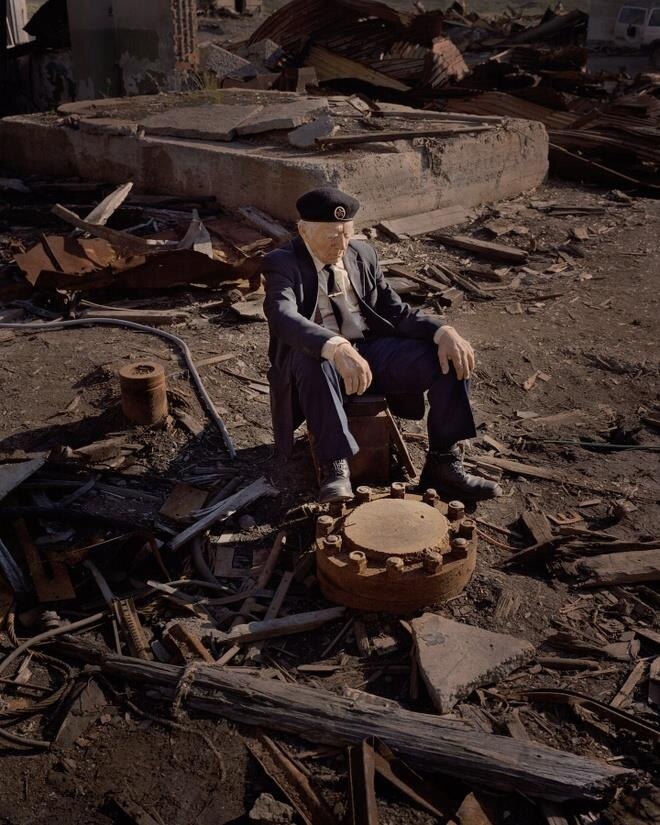
Yuri Smirnov, a geologist and poet, volunteered as a guard for the "Kola superdeep borehole" until his death at the age of 87. (Photo: Topic)
By 1970, the Soviet Union had entered the race with a project to dig a hole called the "Kola Superdeep Borehole" in the port city of Murmansk, just outside the Norwegian border near the Barents Sea.
The original goal of the project was to drill to a depth of 15 kilometers underground. Although this was not achieved, it remains the deepest man-made hole on land to this day, and the sample collection process still amazes modern scientists.
The "saucer" that covers the deepest hole in the world
Amidst the ruins of an abandoned project site in Murmansk Oblast, a round, disc-like object lies beneath it, measuring just 23 centimeters in diameter, the world's deepest borehole, the Kola Superdeep Borehole.
The deepest man-made hole on land, located in Russia’s Kola Peninsula, is more than 12 kilometers deep. For comparison, the depth of the Kola drill is equal to the heights of Mount Everest and Mount Fuji combined. Meanwhile, the world’s deepest Mariana Trench has a maximum depth of 10,971 kilometers.
Despite its impressive depth, the Kola drill is actually quite shallow compared to the depth of the Earth. In total, the drill has penetrated only about 1/3 of the Earth's crust and reached 0.2% of the distance to the center of the Earth.
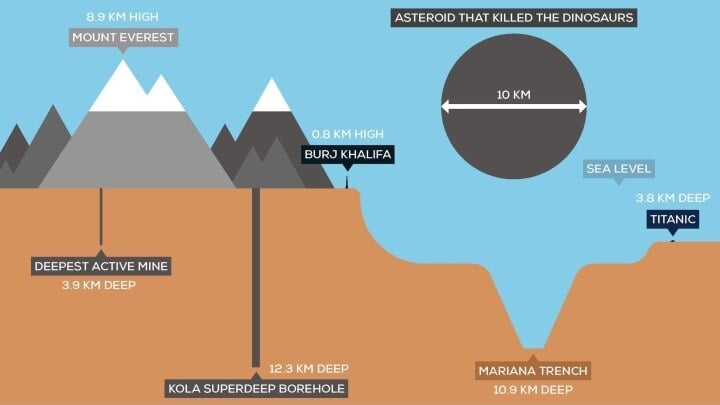
Compare the depth of the Kola crater with many famous places such as the Mariana Trench, Mount Everest or the world's tallest building Burj Khalifa. (Photo: Bored Therapy)
The project also took a long time to reach a depth of more than 12 km. Drilling at Kola began on May 24, 1970, with the goal of drilling as far as possible. At that time, scientists predicted that the drill would penetrate to about 15 km.
By 1979, the project had broken all world records for man-made holes by going about 9.5 km. By 1989, drilling had reached a vertical depth of 12,262 km. The "Kola Superdeep Borehole" officially became the deepest point ever reached by humans.
However, by 1992 scientists were unable to continue. The reason was that the temperature at a depth of 12 km had reached 180 degrees Celsius.
If we continue to dig to the target 15 km away, the temperature there can reach nearly 300 degrees Celsius, which will certainly destroy any drilling equipment.
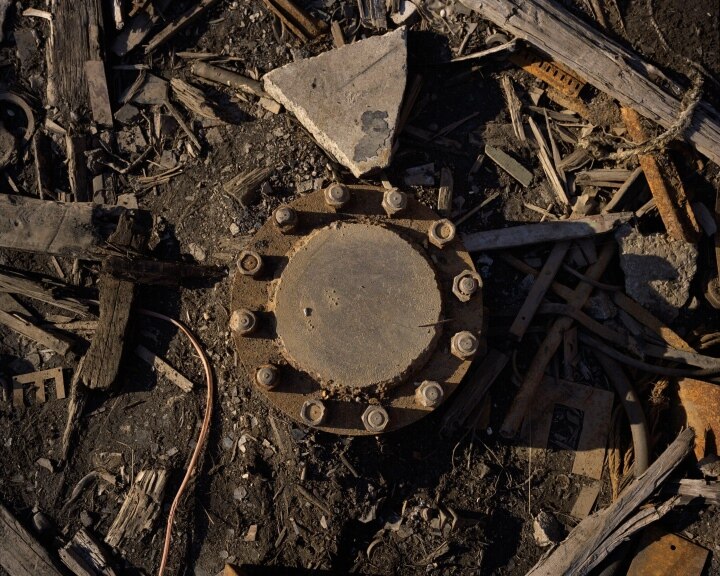
The lid covers the world's deepest man-made hole. (Photo: Topic)
Initially, the drills plowed through the granite fairly easily. However, as the drills reached a depth of about 4.3 miles (6.9 kilometers), the soil became denser and more difficult to drill through.
As a result, the drill bit broke and the crew had to change direction several times. Engineers continued to dig, but the deeper the drill went, the hotter the Earth's core became.
Fascinating discoveries beneath the portal to the center of the Earth
The Soviets continued to persevere with the project until 1992, but were never able to drill to the depth they had done in 1989. The drilling site was finally officially closed and sealed in 2005.
Despite not being able to reach the expected depth, scientists still made some interesting discoveries about the Earth's crust. They found that there is water 12 km underground, something previously thought impossible. Gases such as helium, hydrogen, nitrogen and even CO2 were also discovered during the drilling process.
Researchers believe water may have been forced out of ice crystals by the extremely high pressures inside the Earth.
They also discovered 24 new species of single-celled organisms, excavating rocks that date back 2.7 billion years. The discovery of these creatures 7 kilometers underground opens up the hypothesis that living organisms can withstand pressure and hot temperatures to adapt underground.
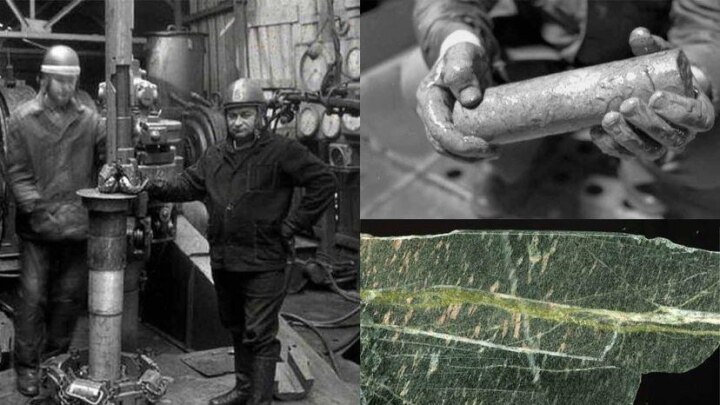
A core sample taken from the Kola drill and a piece of metabasalt rock from a depth of more than 6 km in the Earth's crust. (Photo: Pechenga)
The most obvious evidence is the microscopic fossils encased in organic compounds that remain surprisingly intact, despite the extreme pressure and temperature of the surrounding rock.
The Kola Hole remains the deepest hole on land, but it has been surpassed by sea. In 2008, Qatar drilled a 12,289-kilometer-deep hole in the Al Shaheen oil field. In 2011, the Sakhalin-I project drilled a 12,376-kilometer-deep hole off the Russian island of Sakhalin.
Above the Kola borehole today is a rusted, welded-on 23cm diameter metal cap. According to ABC, if you could fall into this hole, it would take 3-4 minutes to reach the bottom. Locals say the hole is so deep that it has been nicknamed the “well to hell”.
(Source: Zing News)
Useful
Emotion
Creative
Unique
Wrath
Source



![[Photo] Amazing total lunar eclipse in many places around the world](https://vphoto.vietnam.vn/thumb/1200x675/vietnam/resource/IMAGE/2025/9/8/7f695f794f1849639ff82b64909a6e3d)

























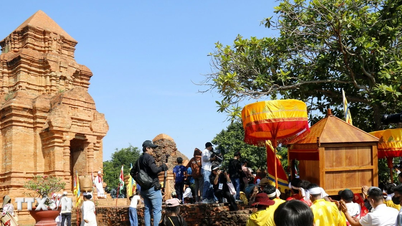





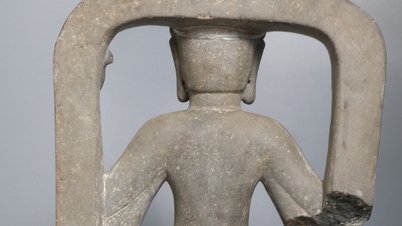

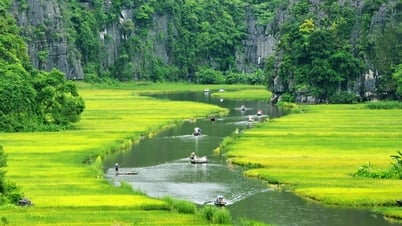


















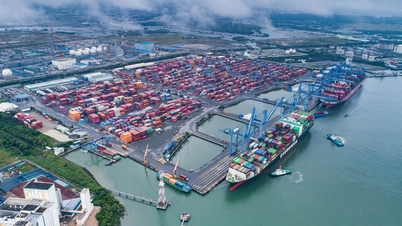





![[Photo] General Secretary To Lam chaired the Politburo's working session with the Standing Committee of the Central Public Security Party Committee](https://vphoto.vietnam.vn/thumb/402x226/vietnam/resource/IMAGE/2025/9/8/c94b4e255b194b939a1c7301893f5447)






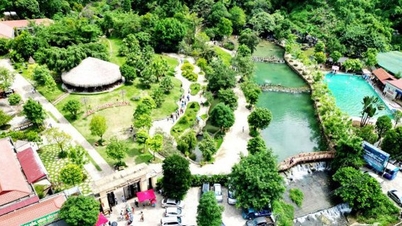









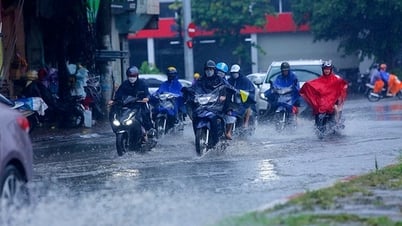















Comment (0)